By Lee Norburn and Nick Parker for Enlivening Edge Magazine
Our Reinventing Work (South West Network) initiative helps local businesses explore the potential of next-stage principles and practices. We look for organisations and leaders already embodying elements of next-stage organisations. It was at our Plymouth workshop that we met Stuart Voaden, director of Carpenter Oak, creators of oak-framed buildings for over 30 years.
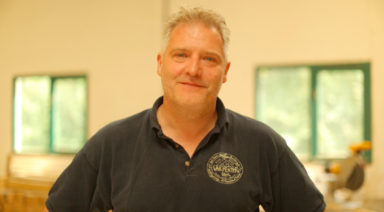 From the start, it was clear Stuart was interested in his personal development at a deeper level than just keeping up with the latest fad. Soft-spoken, considered, and insightful, Stuart has a deep appreciation for the importance of wholeness in himself. Nick and I were curious as to how this translated into wholeness in the organisation he co-leads, so we went along to meet him.
From the start, it was clear Stuart was interested in his personal development at a deeper level than just keeping up with the latest fad. Soft-spoken, considered, and insightful, Stuart has a deep appreciation for the importance of wholeness in himself. Nick and I were curious as to how this translated into wholeness in the organisation he co-leads, so we went along to meet him.
We arrived at Carpenter Oak on a gloriously sunny morning. After a brief hello, I mentioned I had brought my dog. Stuart responded with a nonchalant nod of appreciation, and some directions to a nice piece of grass, as though turning up to a ‘business meeting’ with a dog was normal. I was instantly struck by the serenity of the location; nature seemed to fill the carpark and ooze into every building. This connection with nature repeats itself in the oak structures they build, but also in their easy use of an organic language, that sits away from the traditional ‘business terminology’.
Stuart, Nick, and I get comfy in an oak-framed building flooded by natural light and filled with the smell of oak. The organic nature of our conversation is slow and deep, revealing, and full of interesting language.
Teams, Rapid Prototyping
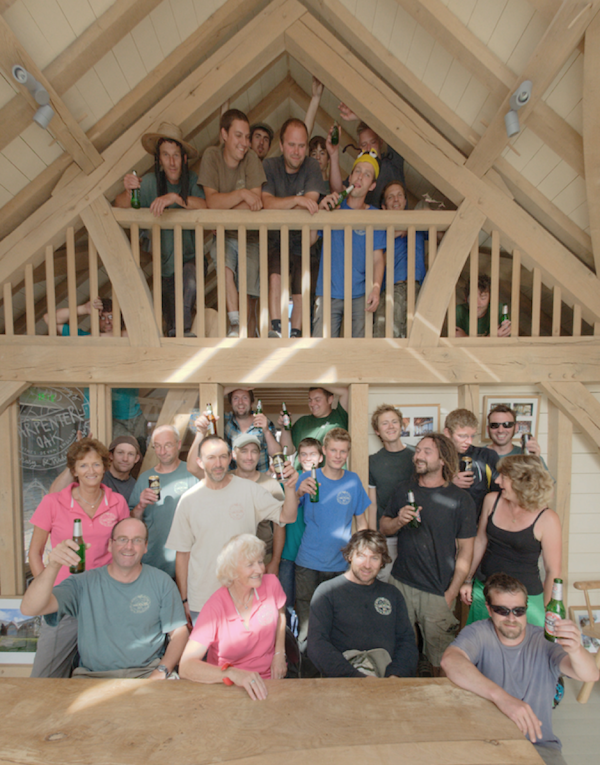 As the conversation progresses, Nick invites Stuart to share some of his experiences around teams. He tells a story of his teams making a significant decision without involving senior managers.
As the conversation progresses, Nick invites Stuart to share some of his experiences around teams. He tells a story of his teams making a significant decision without involving senior managers.
“Clients are attracted to our brand in the first instance; however, because we don’t offer full project management services in-house, we can lose a sale when the client goes off in search to fill the gaps. The sales team decided to trial bringing in and holding these external services as part of a whole package on behalf of the client. This is a major change to our business model. However, this experiment is already yielding positive results, without involving the senior team, other than for consultation”.
The space held by the senior team allows exploration, failure, and learning, where decisions can be made quickly and easily by those closest to the issue. In a traditional organisation, any such simple decision can easily escalate by looking at the complex nature and far reaching impact of the decisions being made. These complex decisions call for increasingly higher levels of management to get involved, slowing the process, disempowering staff, and overloading senior managers. At Carpenter Oak, teams actively work with a plan that is ‘good enough’, continually reflecting, learning and adapting that plan in response to what emerges, a kind of rapid prototyping lives in the culture here.
Individuals
I am curious about the ‘structure’ of their teams so ask the question “I understand how teams are normally structured, for instance, a sales team may have a sales director, sales manager, and sales executives etc. But what is it like here?” For some reason we all start laughing, maybe the overly structured example feels alien?
Stuart explains,
“It is a bit more organic here. I use the gardening metaphor, there is some pruning and sorting to do. We did some work on this with a team last Friday. We held a mirror up and found a couple of individuals are holding too much, spread too thin. We have a particular manager. As the company is growing and evolving so he has reached his capacity, and may not have the skills to delegate to a team. But he is really good at managing the business process and may be able to leapfrog to a more senior position. It is a very organic, sense-and-respond process here, rather than being wedded to the structure. The language here is “for the good of the whole”. He has just had a few days break and I am confident he will come back in tomorrow and say, ‘I will step out of the way, and reinvent myself for new role’. We have a very fluid and adaptive approach here. So who is in charge? No one is really in charge”.
“So what is it about the way you work here that makes it possible for someone to reinvent themselves into a new role?”
“There is a permission to do this here, it is a language we have developed over the years, part of the success is that we have been together a long time and have a low turnover of staff. We really know each other, almost telepathically and have worked a lot on our weaknesses and celebrating our difference. It is part of the wholeness here, it is ok to fail, and fail fast, learn and move on. There is a lot of holding each other, and covering for each other. Where does that come from? It comes from years of the management team living it, a deep caring for each other and then the strength of having finely honed recruitment process”.
Recruiting people for their potential, not just their skills
The recruitment process was a topic that raised its head in later conversations with other staff. They are very proud of the fact they hire the person, not the skill set. There is a sense that if you hire the right person you can teach them anything, and they will add also value to the human dynamics. The words ‘intuition’, ‘gut feeling’, and ‘sensing’ were common in all the conversations we had about recruitment. There is also a long development period, taking 4 to 5 years to develop the high-level skills it takes to produce such beautifully crafted high-quality structures.
This period also develops a deep sense of trust and connection to everyone in the organisation. The strength of this connectivity was demonstrated during the 2008 recession when the order books dipped, and the future looked uncertain. There was a need to save money, and tighten belts. The simplest ‘solution’ in these cases is to lay people off. They have a clear cost to the business, and you can always hire new people. But this traditional approach does not consider the importance of social capital. At Carpenter Oak no-one was laid off, instead, the teams came together, and found ways of reducing their hours and finding new opportunities. As a result of coming together during a difficult time, the organisation has emerged even more successful, agile and resilient. No effort needed to be spent rebuilding trust, or motivating staff no longer sure of their place, a blight some organisations are still battling with 9 years later.
Trying not to try
Nick asked, “What would happen if you just stepped back, what would happen to the organisation?”
“It would be fine, my sense is it is a done deal, we are long past the need for heroic control and command leadership, there being a tremendous robustness in the collective intelligence here.”
Stuart shared the importance of ‘trying not to try’. When asked to help, Stuart is able to make sense of the impact of stepping in and trying to help before he commits. He shared how he listens to his intuition before taking a step in to help.
“This is not always easy, sometimes it can be very difficult to not step in and help out. It is necessary, at times, to know when it’s best to keep out of the way, to let things develop of their own accord. Leadership for us is much more about facilitation and enabling.
More concretely, we have recently moved to a status of employee ownership model. The invitation to adopt a mindset from thinking as an employee to being an owner with a ‘stake in the outcome’ has had the effect of flicking a switch! The creative explosion of energy has been overwhelming and really exciting”.
In the experience of Nick and myself as consultants, awareness of the shadow managers cast “trying to help” is essential for organisations moving towards self-management or empowered places of work. Being able to step in and solve problems is expected from leaders, but all too often is an unquestioned habit of good intention producing unintended consequences. Overused, it creates unhelpful levels of dependency, slows decision-making, and reinforces traditional hierarchies.
Trying not to try can feel counter-intuitive in traditional management circles, but Stuart’s reflective practice allows him to hold a space where people feel safe enough to make decisions for themselves, learning and growing from the outcomes. Self-managing teams need to feel comfortable working in this space, as much as a leader needs to feel comfortable holding the space. This is then all about an ongoing continuous exploration about the nature of boundaries.
We came away from Carpenter Oak knowing we had experienced a place that was wonderfully unique. It does not demonstrate all the elements of a ‘next-stage’ organisation, but would not have been out of place as a case study in Reinventing Organizations. We believe that each and every organisation has its own unique and natural ‘next stage’. As we help organisations find their ‘next stage’, and meet leaders and organisations already living theirs, we are reminded of how organisations can be an incredible expression of the best of being human.
Featured Image photo credit: Holt, Devon
Nick Parker and Lee Norburn are co-founders of the Reinventing Work Network (SW), actively supporting organisations across the South West of England to unearth their ‘next stage’ organisation.
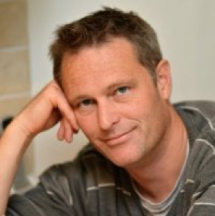
Lee’s background is as a Lead Quality Management Auditor with the UK’s Maritime and Coastguard Agency, and the Bulgarian Maritime Administration supporting Bulgaria’s accession to the EU. Currently, as an educator, Lee designs and runs a range of progressive leadership programs at a university level. As an experienced Coach, and Change Facilitator, he helps individuals, teams, and organisations unlock their potential through purposeful conversations and ‘next stage’ principles. You can contact Lee at [email protected]
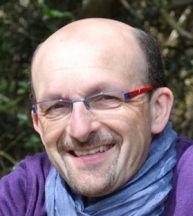 Nick Parker is working with organisations across the South West of England who seek to move beyond scientific management and hierarchical control. With Lee Norburn of nowlab he has brought together a network of more than 80 organisations from the commercial, public, and community/voluntary sectors; some are now progressing well towards an alternative way of being. He draws heavily on his deep and varied experience of enabling change within large public sector organisations in the UK and overseas. [email protected]
Nick Parker is working with organisations across the South West of England who seek to move beyond scientific management and hierarchical control. With Lee Norburn of nowlab he has brought together a network of more than 80 organisations from the commercial, public, and community/voluntary sectors; some are now progressing well towards an alternative way of being. He draws heavily on his deep and varied experience of enabling change within large public sector organisations in the UK and overseas. [email protected]
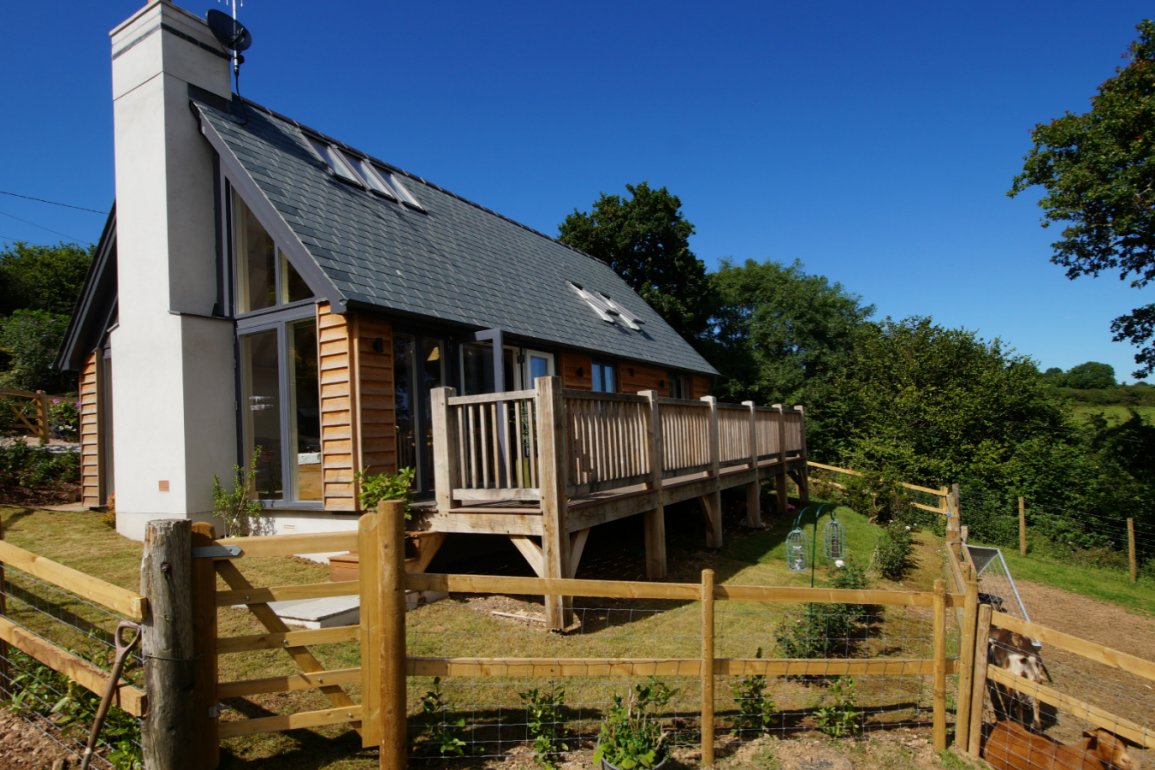




> We believe that each and every organisation has its own unique and natural ‘next stage’. As we help organisations find their ‘next stage’…
Given that every organisation has a next stage, it must not be difficult for consultants to find them. However, I doubt that this “would not have been out of place as a case study in Reinventing Organization because the book’s subtitle is: “A Guide to Organizations Inspired by the Next Stage of Human Consciousness,” one characteristic of which is being guided by an evolutionary purpose.